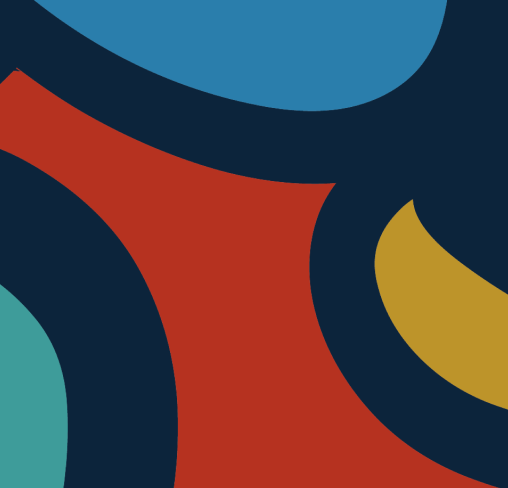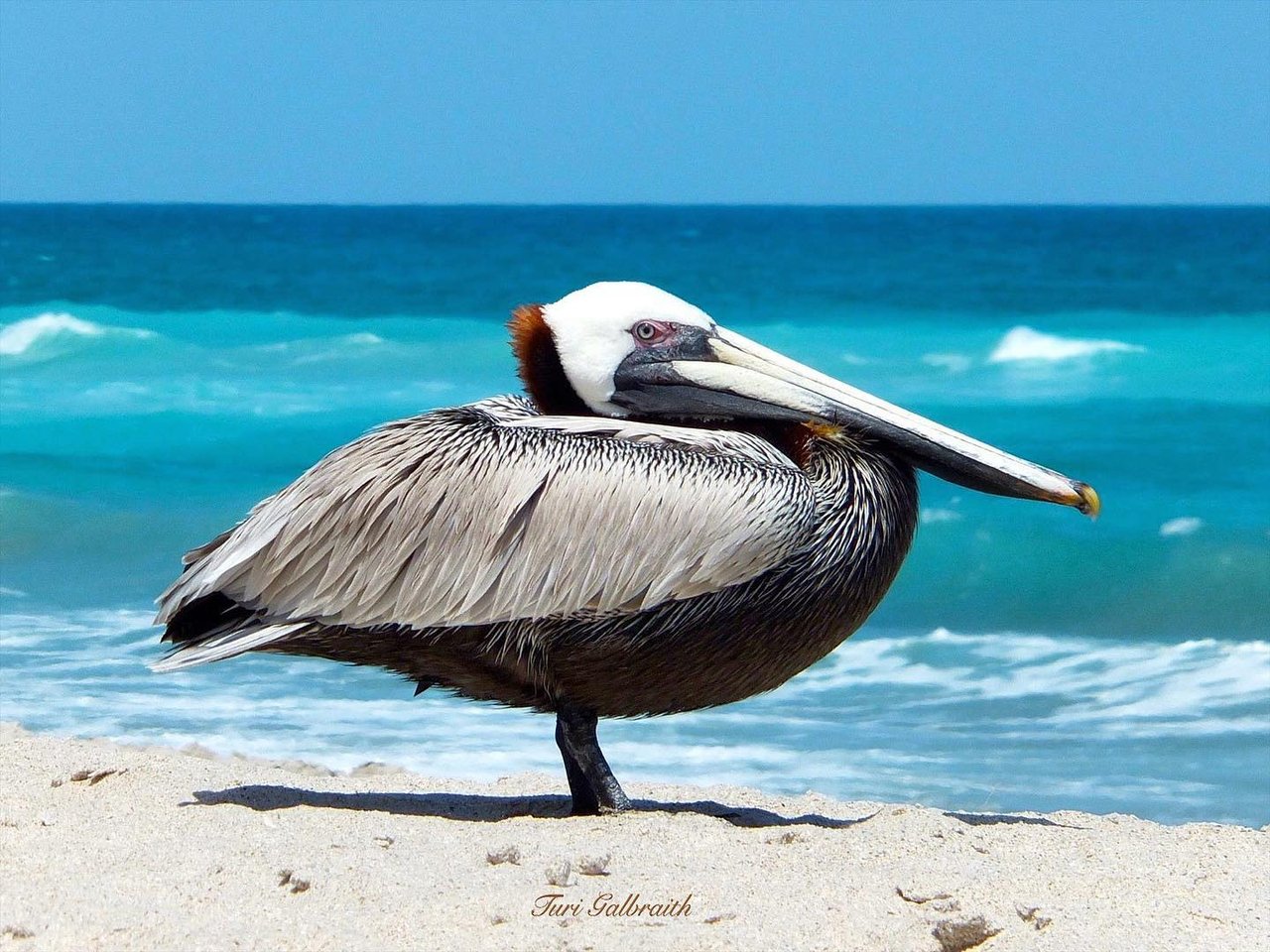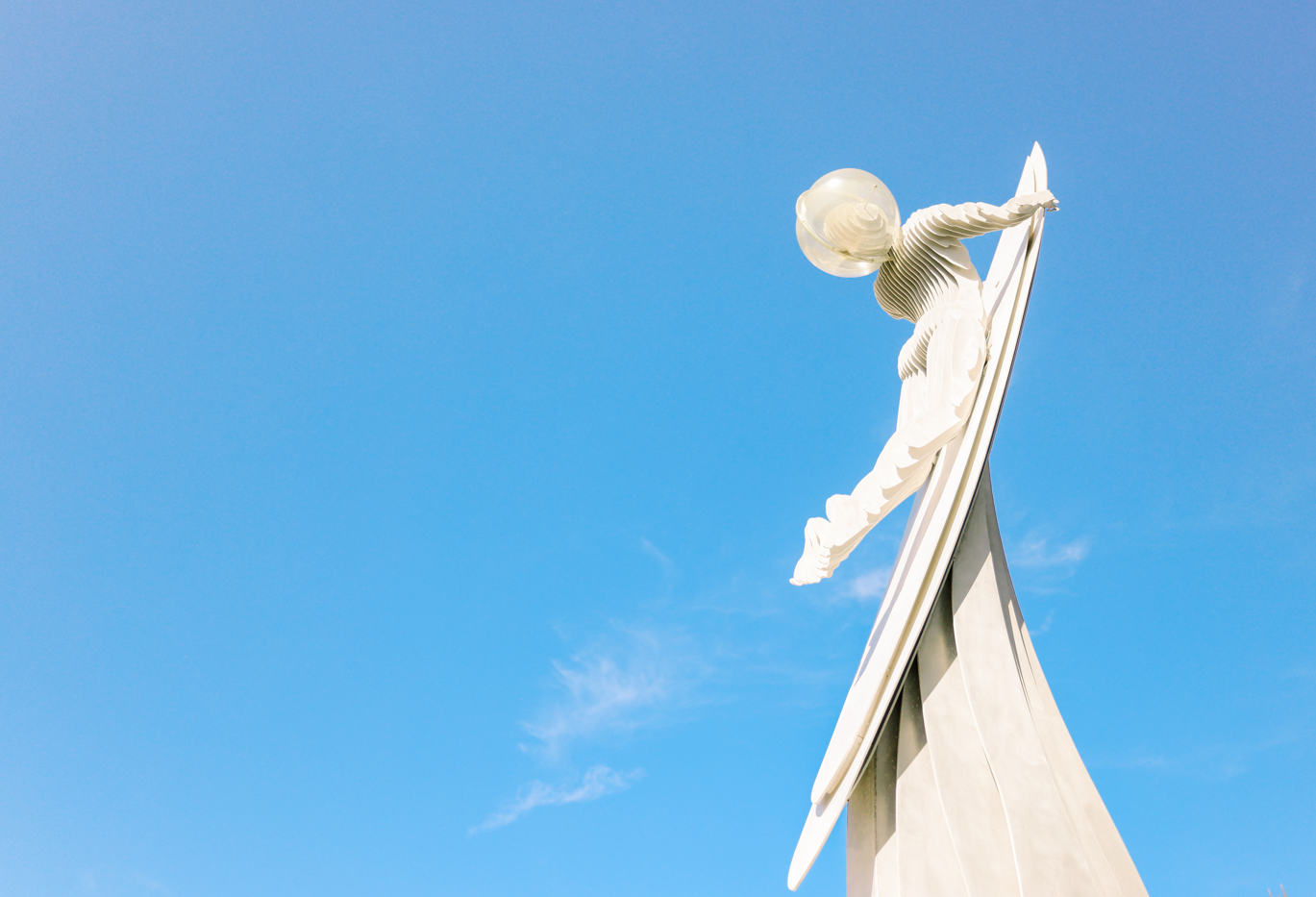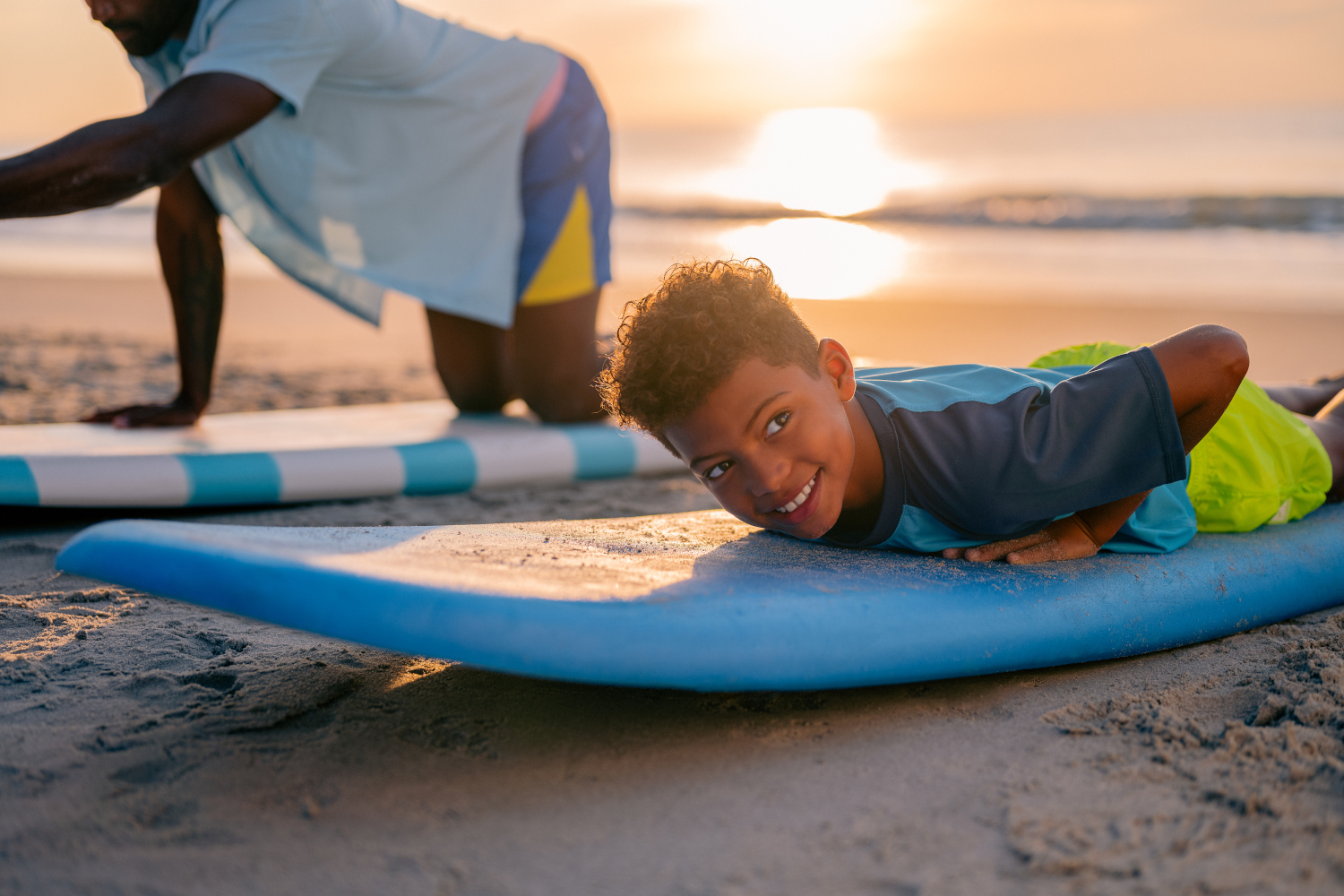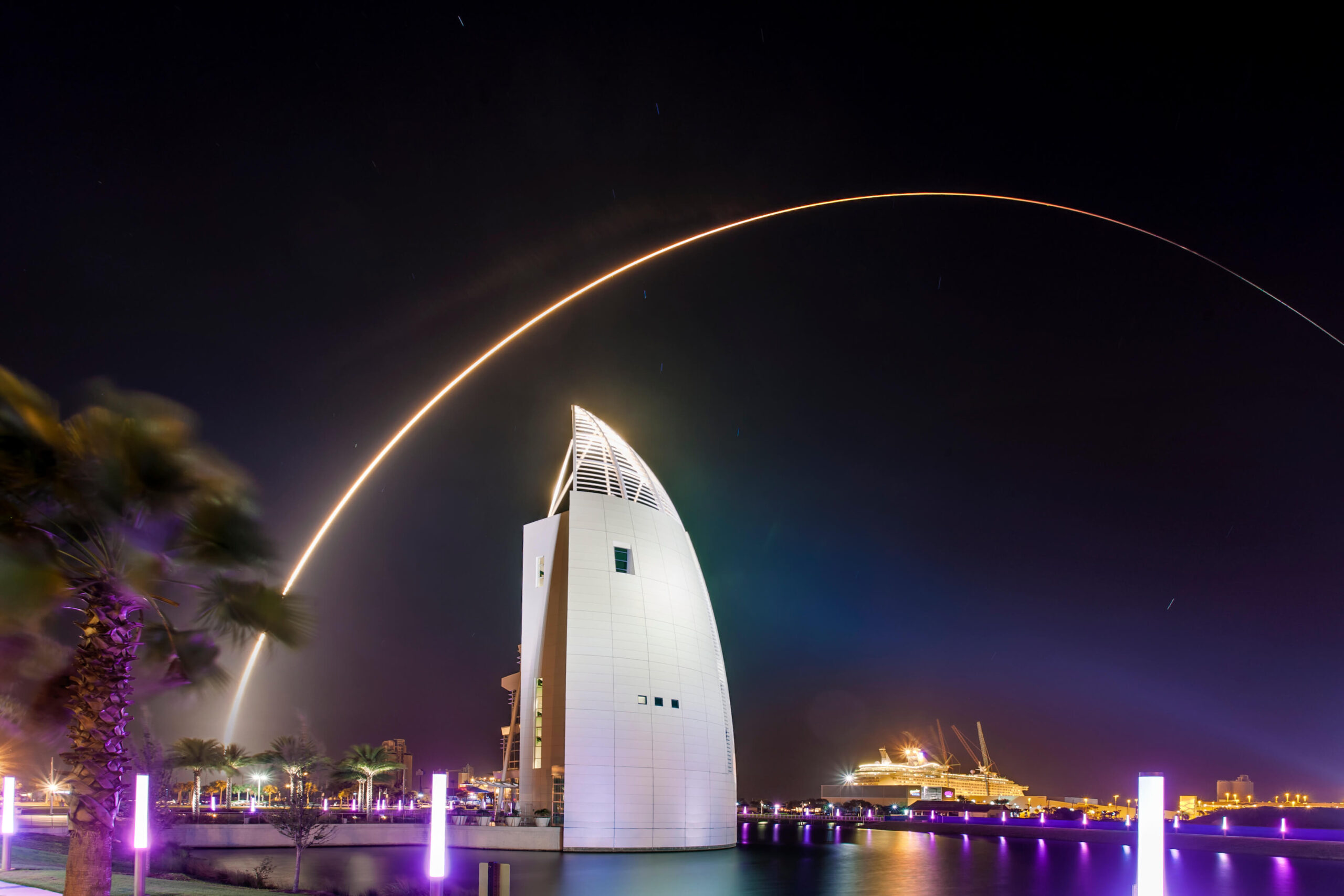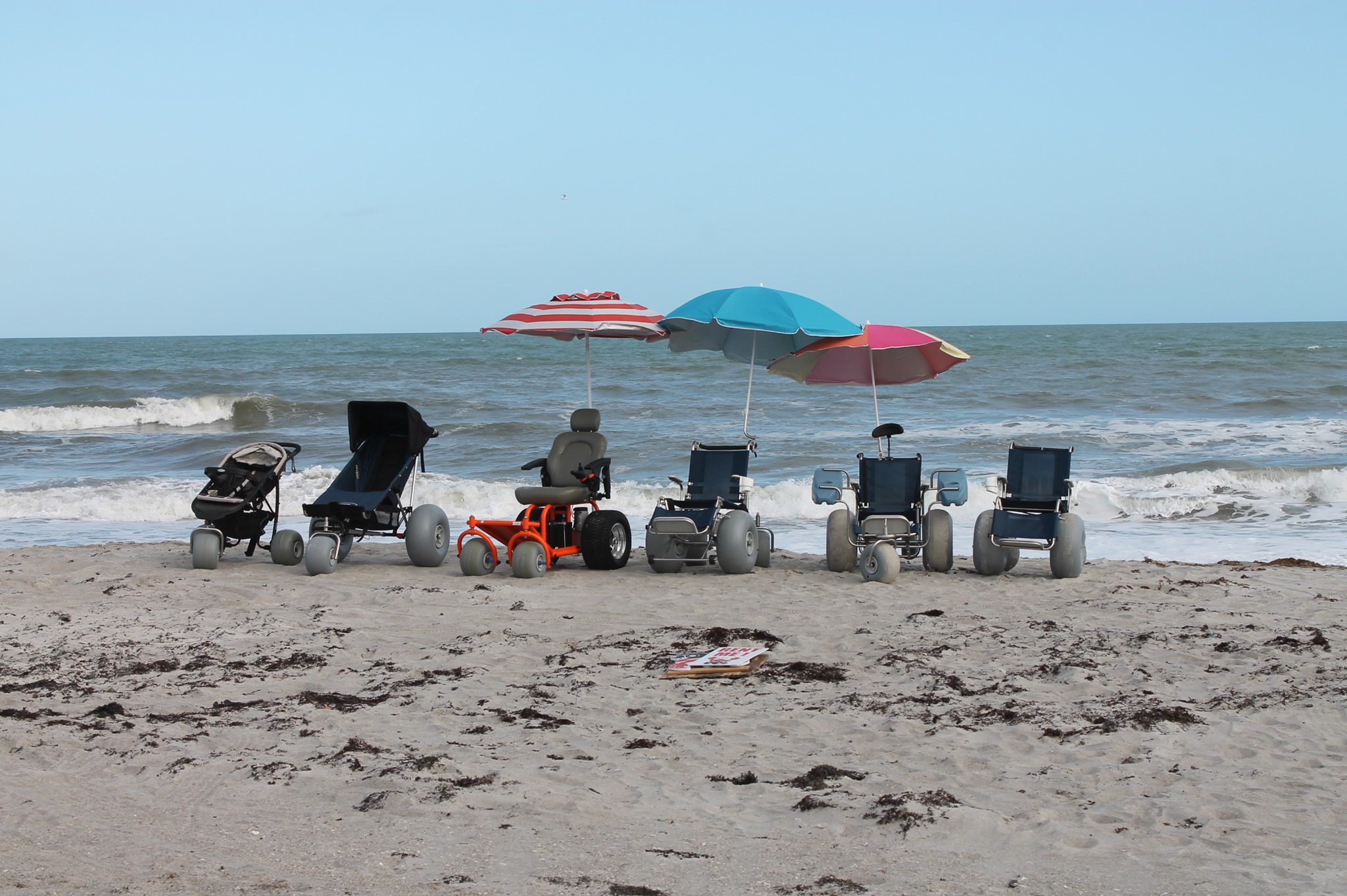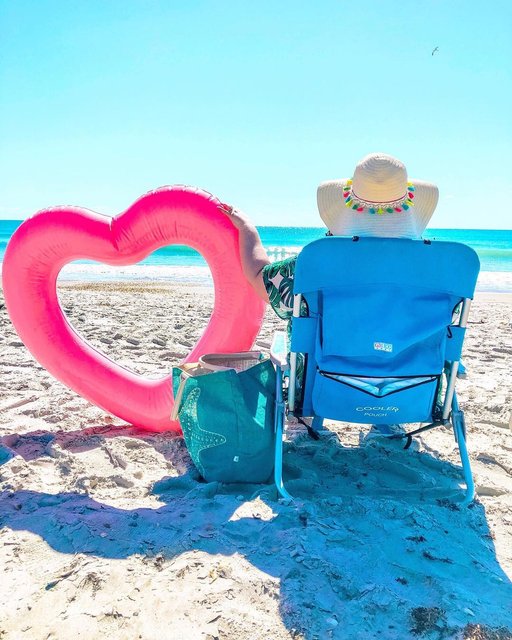Love on our Local Wildlife
Sea Turtles, Manatees, Pelicans, and Dolphins, OH MY! Florida’s Space Coast is home to so many species of animals. And there’s a very good chance you’ll encounter these creatures living their life in their natural habitats while you’re here on vacation. It’s important to not disturb these animals for any reason. Even if they seem to be in distress. Check out these quick guides to see what to do and who to call if you see an animal in distress while you’re enjoying your time on the Space Coast.
Sea Turtles

Image by @sebastianinletdistrict
Sea Turtle nesting season runs from March to October. Between these months, you may encounter a mother turtle heading to the dunes to lay her clutch of eggs or hatchlings making their way to the big blue ocean between dusk and dawn. Eliminating light and obstacles is crucial to their success as a species. This means that you must pack out everything you brought with you to the beach, fill in any holes you dug in the sand, and knockdown any sandcastles you may have built. From May 1 to October 31, no visible lighting is allowed on the beach. This includes flashlights and cell phones. Do not attempt to help a hatchling make it to the water, or to the dunes. Sea turtles are protected under state and federal law and may not be disturbed or harassed in any way. This can cause extreme distress and even death for the animal. If you see a sea turtle in distress contact the Florida Fish and Wildlife Conservation Commission (1-888-404-FWCC) or the Sea Turtle Preservation Society (321) 206-0646. Injured sea turtles will be taken to a rehabilitation facility, such as the nearby Sea Turtle Healing Center at the Brevard Zoo for rehabilitation and release.
Shorebirds

Image by @__t.n.s__
Shorebird nesting season takes place between March and September. During this time you may see fledglings, flightless, baby birds, in their nests squawking for their mom. As cute as these babies are and as upset as they seem, it’s important to not disturb these animals either. That means do not handle them, do not chase them, and do not feed them. Any of those activities can seriously harm these animals. If you see a bird in distress while you’re on the Space Coast, call the Florida Wildlife Hospital (321) 254-8843. If they do not answer, a volunteer will call you back, help discover what actions should be taken, and head out to collect the injured bird, bring them to their facility to rehabilitate and release them.
Manatees

Image by @finexpeditions
Manatees are one of the most amazing sea mammals you’ll see on the Space Coast. These animals are federally protected and it is illegal to touch or feed them. These chubby mermaids are sometimes found injured in Space Coast waters. You can do your part to keep manatees safe by going slow in no-wake and manatee zones and wearing polarized lenses to watch for and avoid manatees in other areas of the lagoon while you’re playing on a boat or jet ski. If you see an injured manatee while on the Space Coast, call the FWCC (1-888-404-FWCC,) and an officer will be out to investigate as soon as possible. The manatee will be caught and taken to Sea World to be rehabilitated and released back into the wild.
How Can You Safely See Wildlife on the Space Coast?
Sea Turtles

Image by @neonsharkgallery
Viewing the amazing animals in their natural habitats is one of the best parts of visiting the Space Coast. During sea turtle nesting season, you have the opportunity to go on a sea turtle walk with the Sea Turtle Preservation Society. Here you’ll safely follow mother sea turtles to the dunes and watch them lay their clutch while learning about their life cycles, habits, and habitat from knowledgeable volunteers. Check out their website for more information on scheduling your sea turtle walk today!
Native and Migratory Birds

Image by @traveling_in_paradise
Visiting the Merritt Island National Wildlife Refuge and Canaveral National Seashore is a great way to see hundreds of migrating and native birds.
Manatees and Dolphins

image by @jsemkow87
Seeing manatees and dolphins on the Space Coast is easy and fun! By booking a tour from an eco-boat tour such as Cocoa Beach Dolphin Tours, or DolFun Tours you’ll sit in a comfortable pontoon boat while skimming the waters of the Indian River Lagoon. Knowledgeable guides provide insights into these animal’s behaviors and habitat. Want to get even closer? Book a kayak tour in the Thousand Islands Conservation Area in Cocoa Beach, or Turkey Creek and the Sebastian Inlet State Park. Kayak tours are an amazing way to get close, but not too close, to the majestic mammals!
Notice* From April 1 through Nov. 15, seasonal manatee zones require boaters to slow down in certain areas to prevent manatees in their summer habitats from being injured or killed by motorboats or personal watercraft. – Florida Fish and Wildlife Conservation Commission
Protecting Space Coast Habitats
Dunes

Image by @sweedindeed
Space Coast Dunes are an extremely important part of our area’s ecosystem. You’ll notice that most of our beach cross-overs are boardwalks. This is to protect the fragile dune system beneath. These dunes hold nests for sea turtles and shorebirds, and the sea grapes, sea oats, and other native plants help protect against erosion and habitat loss for these precious and protected animals. It is extremely important that you keep off the dunes while at the beach so as to not disturb these fragile ecosystems. If you are visiting a dog beach, you must also be mindful to keep your dogs away from the dunes so they do not disturb bird or turtle nests.
Mangroves
Mangroves are another extremely important part of what makes the Space Coast so amazing. These “walking trees” provide homes for wading birds and nurseries for fish and marine mammals. Keeping these plants healthy is imperative for the health of our lagoon. Keep trash out of the waterways and do not disturb these plants by picking them or moving them – pretty easy, right?
Help Grow Mangroves!
If you’re within driving distance from the Space Coast you can take home a very special souvenir! The Brevard Zoo and Barrier Island Center have mangrove propagation programs. Here’s how it works, you take home a mangrove shoot and watch it grow, the next time you return to the Space Coast you can drop off your “prop” at the Zoo or Barrier Island Center. They then take these matured mangroves to areas in need and plant them.
Experiencing the Space Coast is experiencing our natural ecosystems and the animals that live there. Next time you’re on the Space Coast, be an eco-tourist and support conservation and sustainability in your travels.

